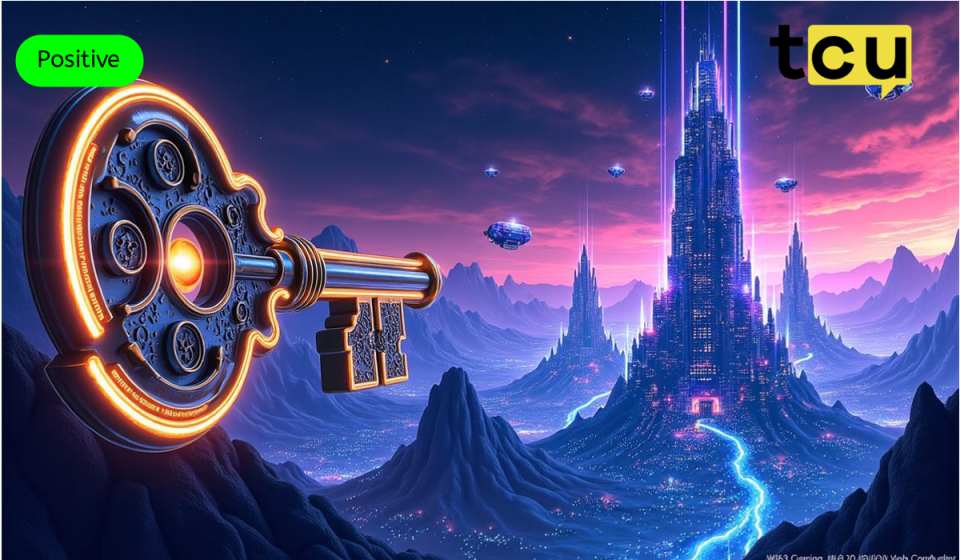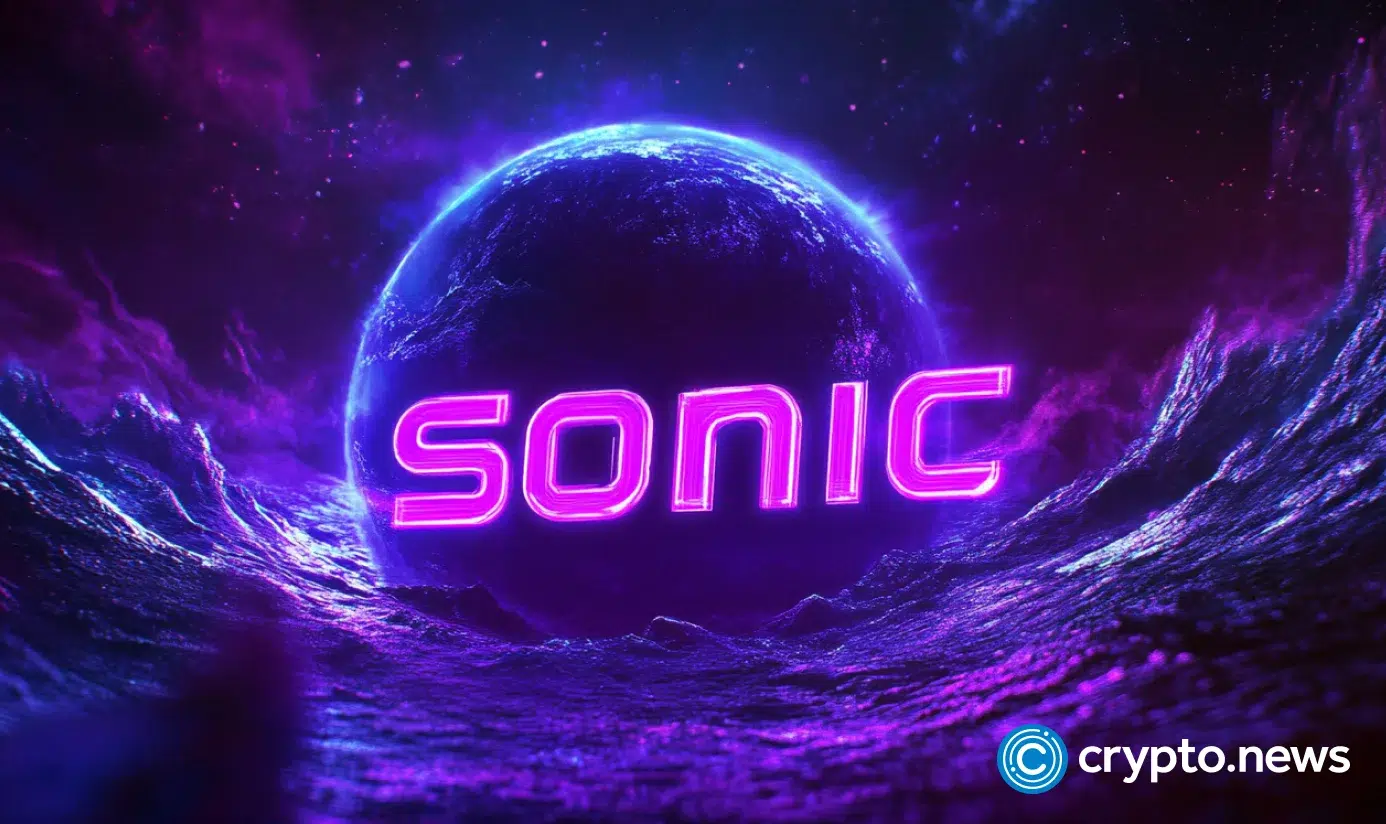 CaryptosHeadlines Media Has Launched Its Native Token CHT.
Airdrop Is Live For Everyone, Claim Instant 5000 CHT Tokens Worth Of $50 USDT.
Join the Airdrop at the official website,
CryptosHeadlinesToken.com
CaryptosHeadlines Media Has Launched Its Native Token CHT.
Airdrop Is Live For Everyone, Claim Instant 5000 CHT Tokens Worth Of $50 USDT.
Join the Airdrop at the official website,
CryptosHeadlinesToken.com
The world of gaming is evolving rapidly, with blockchain technology playing a significant role in shaping its future. This transformation is creating a new landscape for players, offering tangible rewards for in-game activities. The advent of Web3 Gaming Guilds and play-to-earn mechanisms are leading this revolution.
Blockchain technology is revolutionizing traditional industries, creating new markets, and significantly altering the gaming landscape. A game where you truly own the items you collect and can earn real-world income by simply playing is no longer a concept but a reality, thanks to the power of decentralized networks.
Web3 gaming guilds are essentially communities of players, investors, and enthusiasts who band together to succeed in blockchain-based games. These groups pool resources, share strategies, and collectively influence the games they play. They take the traditional concept of gaming guilds a notch higher by integrating blockchain’s features, like Non-Fungible Tokens (NFTs) and GameFi, creating play-to-earn ecosystems.
The difference between Web3 gaming guilds and traditional gaming communities lies in the ownership of in-game items and NFTs. Players in Web3 gaming truly own these items on the blockchain, allowing them to trade or sell them without needing permission from a central authority. Furthermore, the new play-to-earn model rewards players with tangible value for their time and skill, in stark contrast to the traditional pay-to-play model.
Web3 gaming guilds are pioneering player-driven economies, aiding new players, providing education, and sometimes even funding players who cannot afford expensive NFTs. Through community-led governance, guild members can vote on important decisions and influence not only their own experience but sometimes the direction of the entire game.
Key features of Web3 gaming guilds include decentralized ownership of assets, which are often represented as NFTs on a blockchain. Smart contracts govern the ownership and transfer of these assets, ensuring transparency in resource allocation and reward distribution. Additionally, there’s a variety of ways players can be rewarded, including tokens for completing missions or winning battles, and rare items dropped as NFTs.
Many Web3 gaming guilds adopt the structure of a Decentralized Autonomous Organization (DAO), where members can vote on proposals and make collective decisions. This promotes transparency and encourages shared ownership, as holding the guild’s governance token might grant voting rights, staking rewards, or other perks.
Furthermore, many Web3 gaming guilds have a scholarship system, where game assets are lent to players who can’t afford them. These “scholars” then earn in-game rewards and share a portion of those earnings with the guild.
Joining a Web3 gaming guild offers numerous benefits, including reduced entry barriers, skill development and training, passive income opportunities, and networking and community building.
Notable Web3 gaming guilds include Yield Guild Games (YGG) and Avocado DAO. When choosing a guild, it’s important to conduct thorough research into its reputation, history, transparency, scholarship programs, tokenomics, and return on investment potential.
As the metaverse expands and player incentives evolve, the world of play-to-earn gaming and guilds could explode in popularity, potentially attracting mainstream adoption.
In conclusion, Web3 gaming guilds represent the next evolution in gaming. By combining decentralized tech, play-to-earn models, and community governance, players have never had more freedom and earning potential. With the right mindset and a bit of preparation, anyone can level up their gaming and financial game in the world of Web3 gaming guilds.










